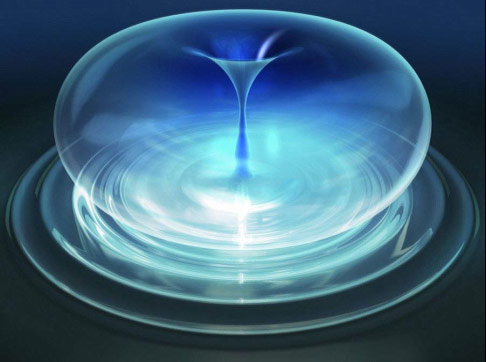Ultrasound in fluids: acoustic cavitation

The action of ultrasounds in liquid medium is based on the phenomenon of cavitation: creation, growth and implosion of bubbles formed when a liquid is subject to a pressure wave. This results in a pressure shock in the vicinity of the bubble and the formation of a thermochemical microreactor inside the bubble.
For acoustic cavitation to occur, a power threshold must be reached. This threshold is 0.5 W / cm² at 20 kHz, for water at atmospheric pressure and of a few W / cm² for organic solvents. The amplitude of the vacuum to be supplied in order to reach the cavitation threshold depends on several parameters: the higher the viscosity of the medium (that is to say the internal cohesion of the liquid), the more difficult it is to obtain cavitation because the particles are more difficult to separate.
In a liquid medium, acoustic cavitation is at the root of the effects of ultrasonic power.




